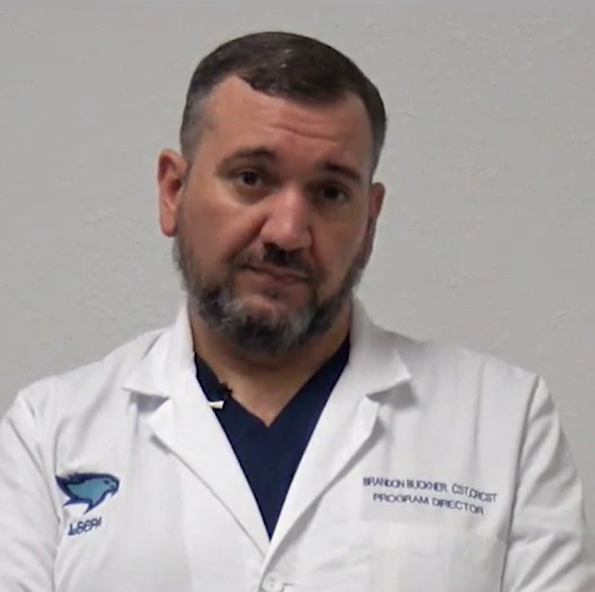Opening Sterile Surgical Packs
Transcription
Opening sterile surgical instrument packsdepends on how the pack is packaged.In most operating rooms, we will package theseeither in rigid containers or in paper.It's very common to use paper.Paper has to be used either two-ply,or you wrap it in two layers.
When we look at a surgical package,the way that we tell whether or not it's been sterilizedis by the external chemical indicator tape.Now, each method of sterilization, whether it be steam,EtO gas, or Sterradhas its own chemical indicators.The only thing a chemical indicator isis a color change ink. It changes colorwhen it gets to the proper parameters.
What we have here is a steamed sterilized package.We see the black lines appear on the tape.Although the black lines are an indicator,they don't guarantee sterility.What they tell usis that this package was exposed to steam,but it doesn't tell us for how long or at what temperature,so it's not the only method that we will use.
We look at the outside package, and like all packages,we want to check its integrity.We look for holes, tears, and watermarks.We look to see that our package has changedfrom the white lines of the tape to black.Then we look at the sticker that's on here.The sticker usually holds three key pieces of information:the autoclave, the load number, and the date.
Before we open up a sterile supply,we need to make sure that we're ready to do so.I would need to be in sterile attire with a mask on.Anytime that we open a sterile equipmentwe need to be wearing a mask.
This package is folded in the envelope fold.We want to orient the package onto the Mayo stand.We want to bring it as close to us as we can,and we want to find that courtesy tab.The courtesy tab tells us in which directionwe're going to open, and in this package,we're going to open away from us, side-to-side,and then back towards us.
The first thing we want to do is confirmthat our chemical indicator tape has changed,and then we want to break the tape right on the seam.I do not want to remove the entire tapebecause that could cause a hole in my wrapper.
So I'm going to tear the tape.Now my courtesy tab -whenever I open this package, I can always touchthe 1-inch outside perimeter. I don't want to reachover the sterile contents, so as I do thisI want to open away from me -pull to tear here, and once again,we have our courtesy tab.I'm going to open side-to-side, and then the last oneis going to open back towards me.I can touch the 1-inch outside perimeter at all times.
Because the paper wrappers often get holes in them,this one is secondarily wrapped in linen.The same technique still applies. Here's my courtesy tab.I'm going to open away from myself, side-to-side,and then the last one, I'm going to pull back some,and I will bring that down.
Now, everything on the top surface of the Mayo standis sterile except for that 1-inch perimeterand anything that falls below table level.
Looking at the package,I can see that there's a time out card,I can see the internal chemical indicator has also turned,and my count sheet to count this set is within the package.
So the set we just open contains a yellow cardwith the words "time out" on it.This is a safety precaution that we've developed down here,and what it does is it prevents the surgical teamfrom forgetting the timeout. We place the cardon the Mayo stand, and before we would ever hand a scalpelto a surgeon, we ensure that the time out has been done.It's just a reminder, something that we do to make surethat we have the right patient, procedure, implants,the right X rays - everything is in the room -the right side, and it's just a reminder to us.Some things in surgery are very regional.This is just something that we do.

